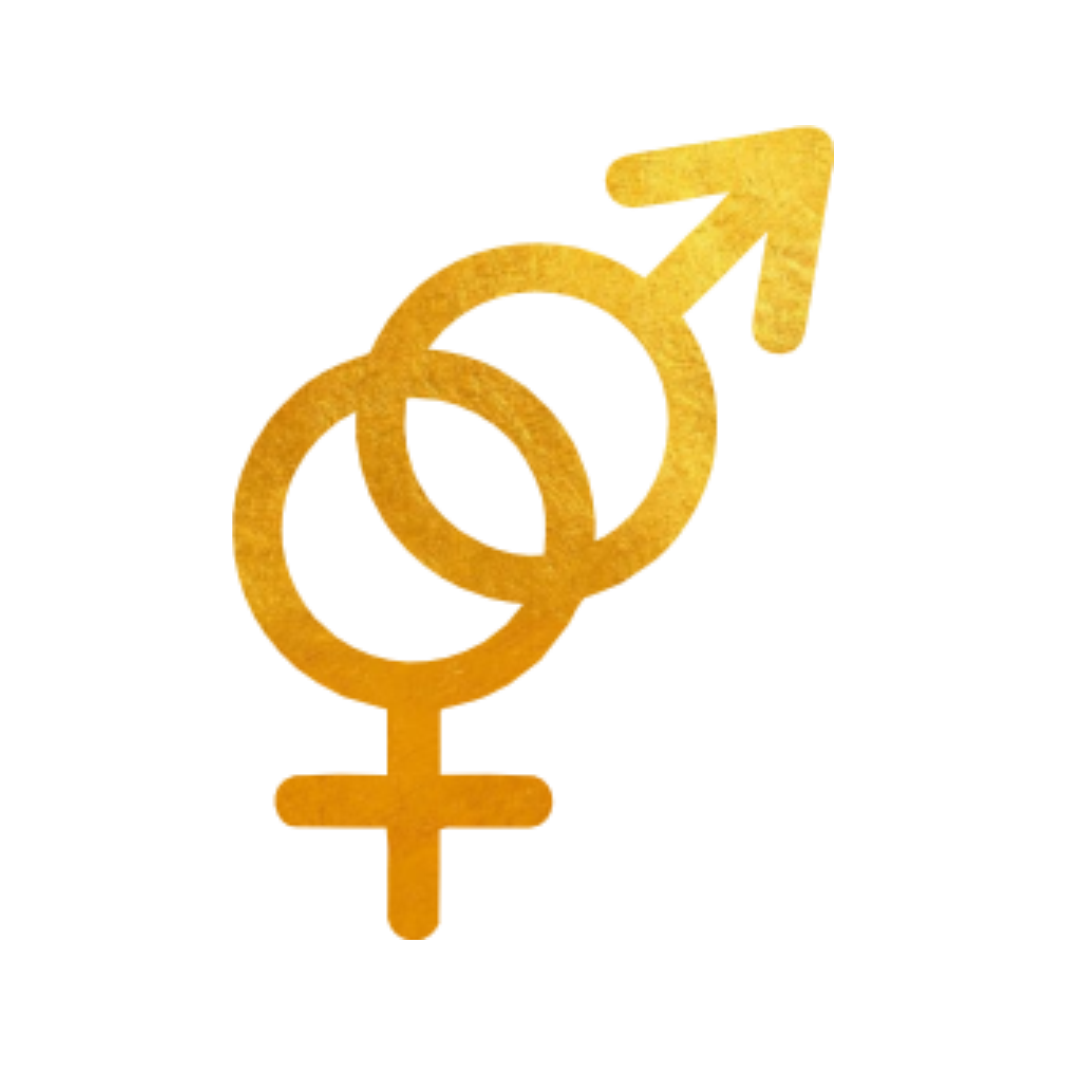Gender and Disability: Problems and Solutions
Limited Access to Services:
Problem: Persons with disabilities, especially women, often face barriers in accessing essential services such as healthcare, education, and employment due to physical, social, and systemic obstacles.
Statistics: According to the World Health Organization, women with disabilities are three times more likely to be denied healthcare than their male counterparts.
Discrimination and Stigma:
Problem: Gender and disability intersect to create compounded discrimination and stigma, leading to marginalization and exclusion from community and societal activities.
Literature Review: Studies show that societal attitudes towards disability and gender roles contribute significantly to the discrimination experienced by women and men with disabilities.
Solutions Inclusive Policy Development:
Solution: Advocate for and develop policies that specifically address the needs of persons with disabilities, ensuring equal access to all services and opportunities.
Implementation Strategy: Work with national and local governments to create inclusive policies. Utilize the World Bank Government Analytics Handbook to provide data-driven recommendations.
Community Awareness and Education:
Solution: Launch community awareness campaigns to educate the public on the rights and capabilities of persons with disabilities, aiming to reduce stigma and discrimination.
Implementation Strategy: Develop and implement positive masculinity programs and community dialogues to challenge harmful norms and promote inclusive attitudes. Collaborate with local organizations and use resources from the Transform Norms Fellowship and Mandela Washington Fellowship to enhance the impact.
The Gender Initiative aims to foster a more inclusive environment where gender equality and disability rights are fully realized, ensuring that everyone has the opportunity to thrive.
